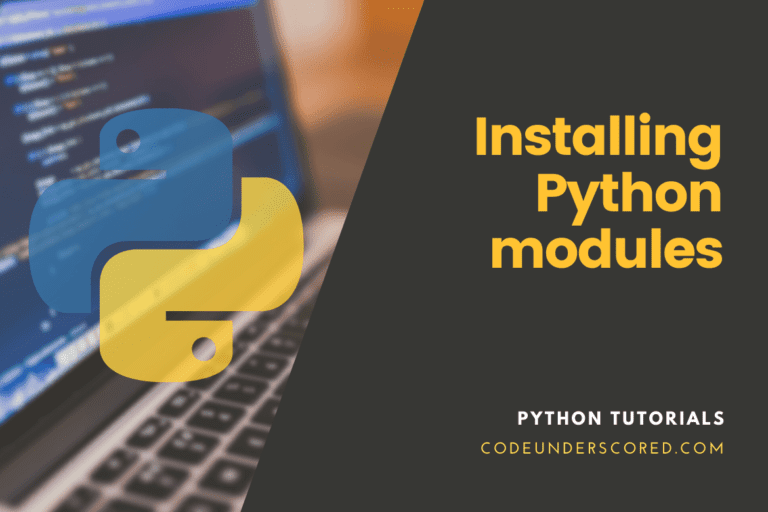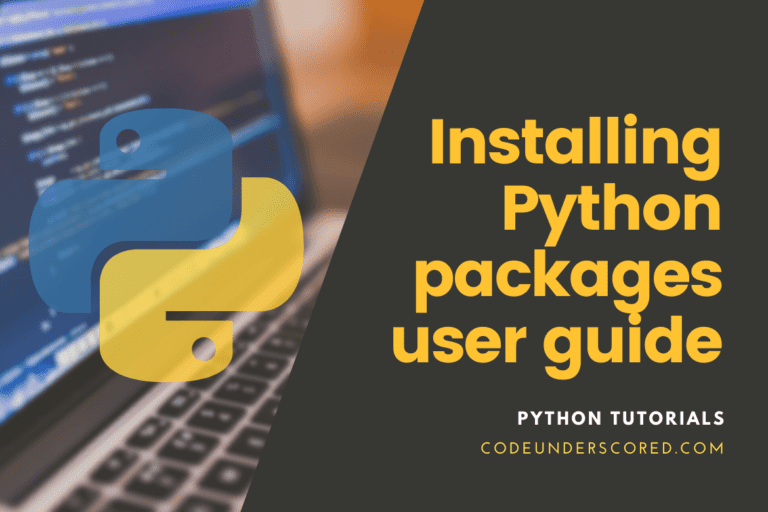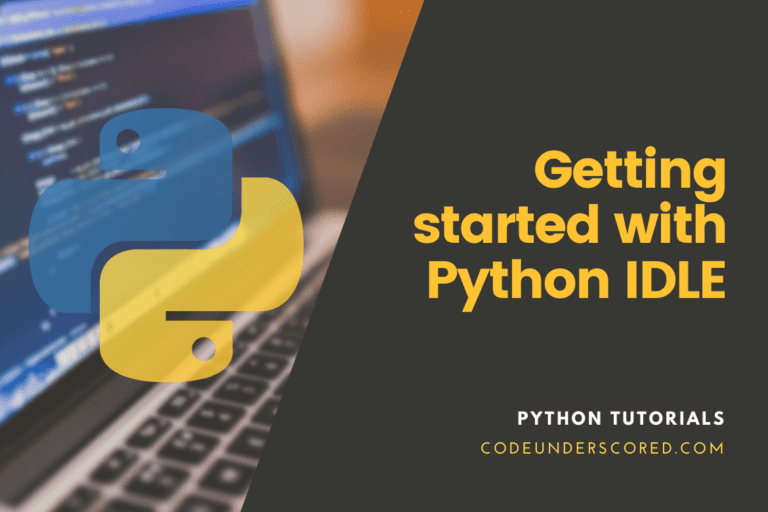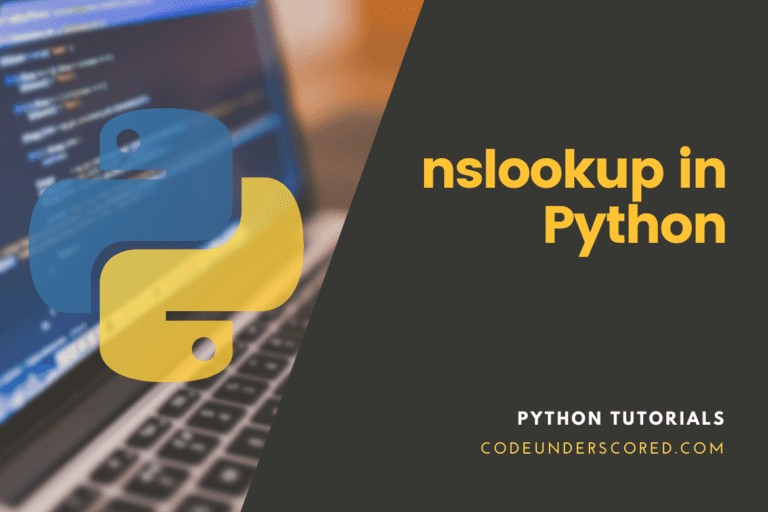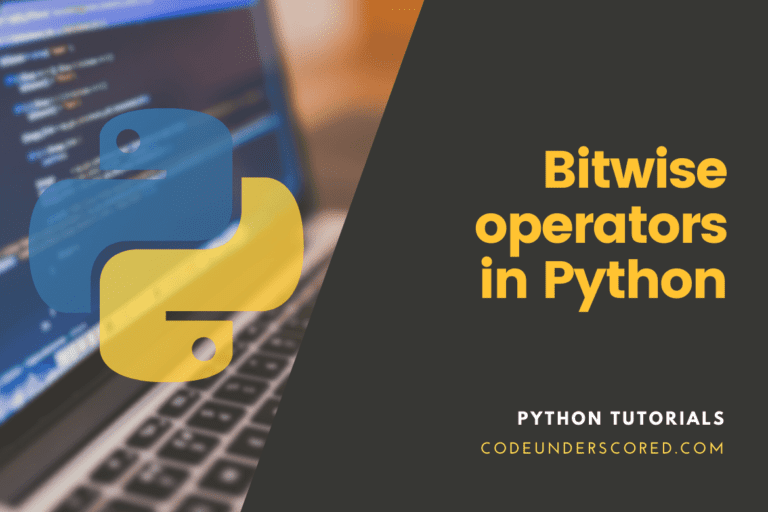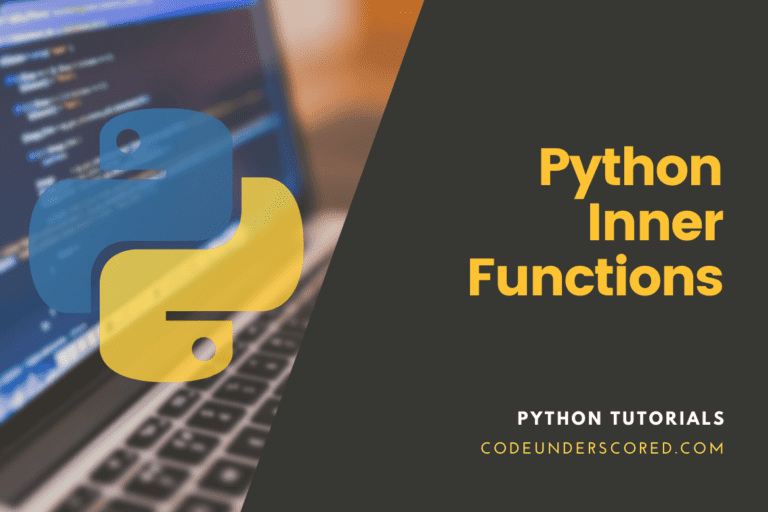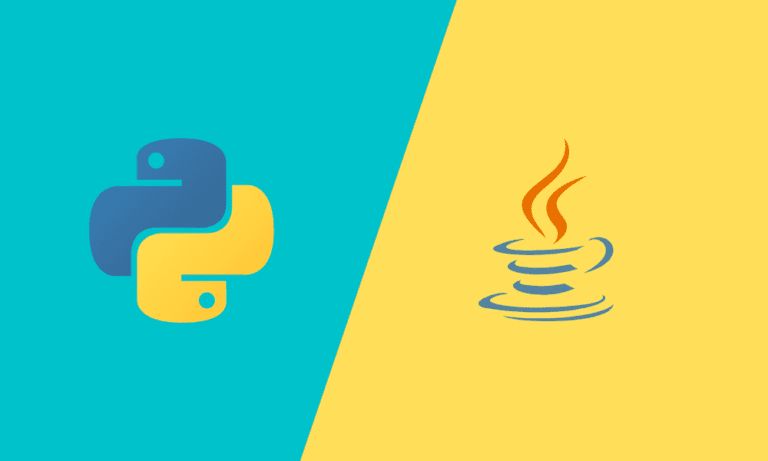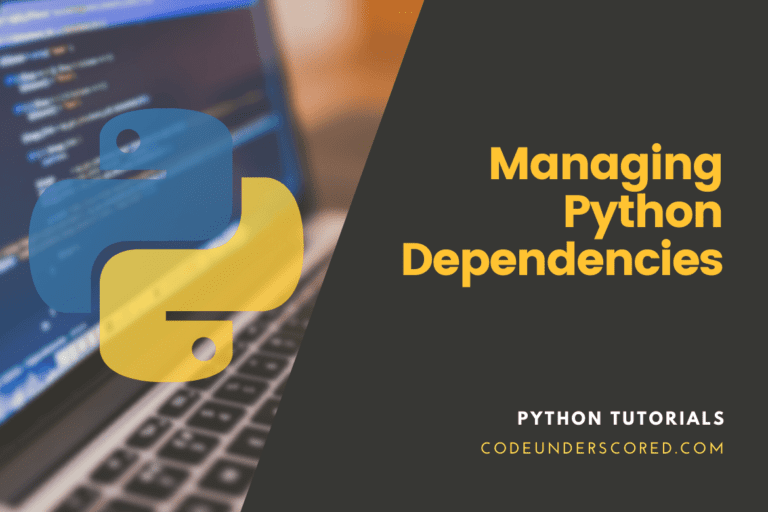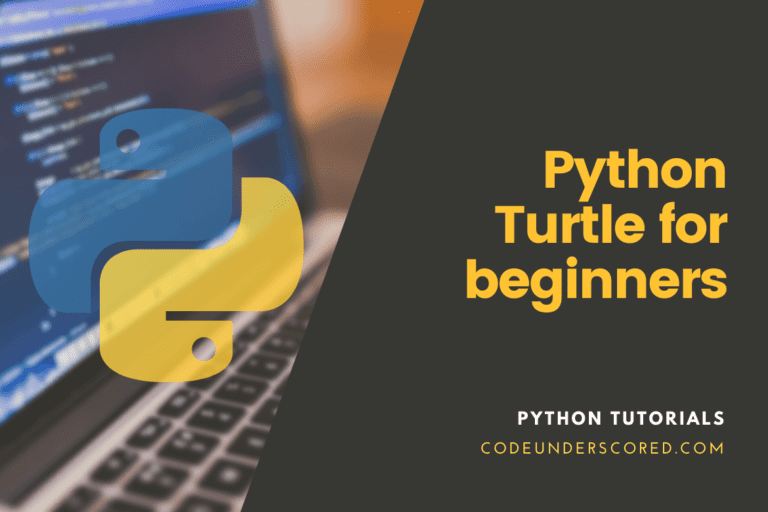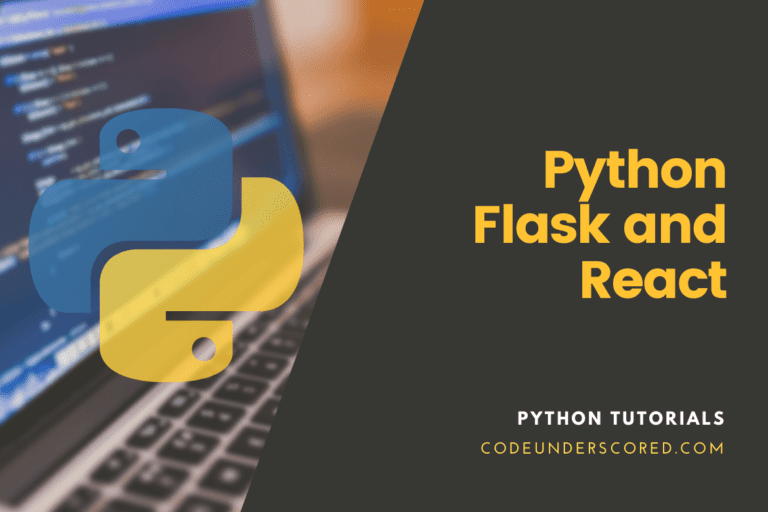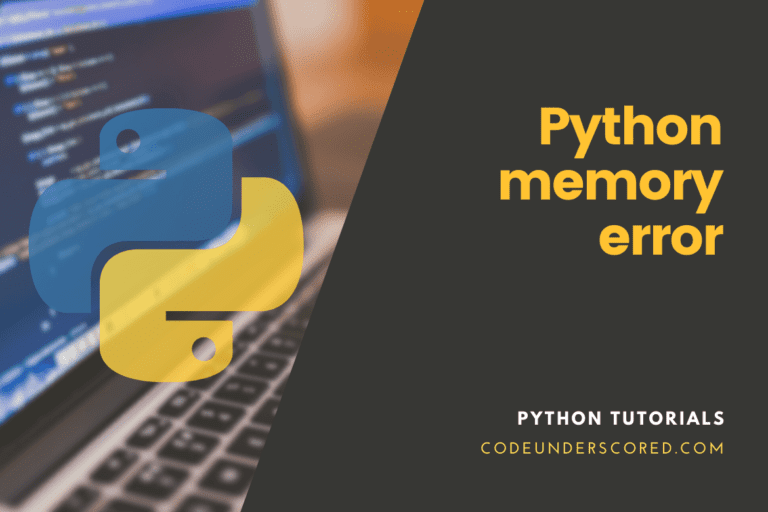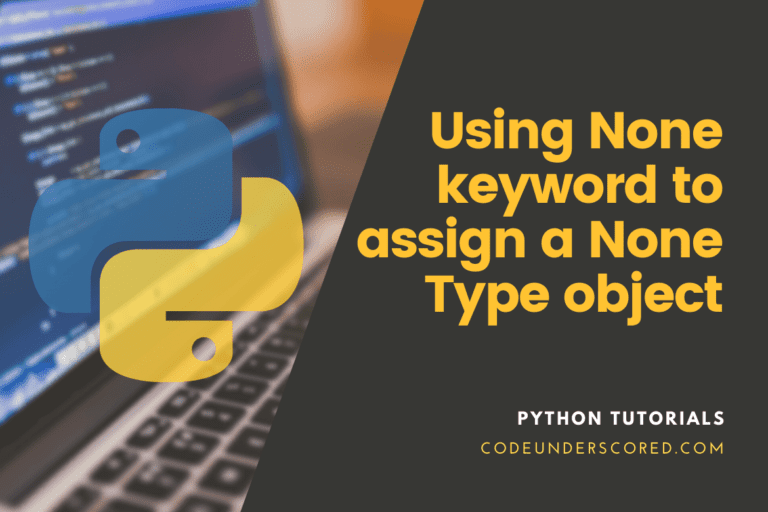How to install Python modules
One of the reasons that Python is so valuable is that there are several packages that we can install that extend the capabilities of Python. For example, if we want MATLAB-like functionality matrices numerical analysis, you can use numpy, optimizers, and differential equation solvers. Further, several other packages like matplotlib help us plotting, while Pygame helps develop a graphical user interface and build diverse games. xlwings, on the other hand, allows us to interface with excel. In addition, we have others like open CV, computer vision, etc.

